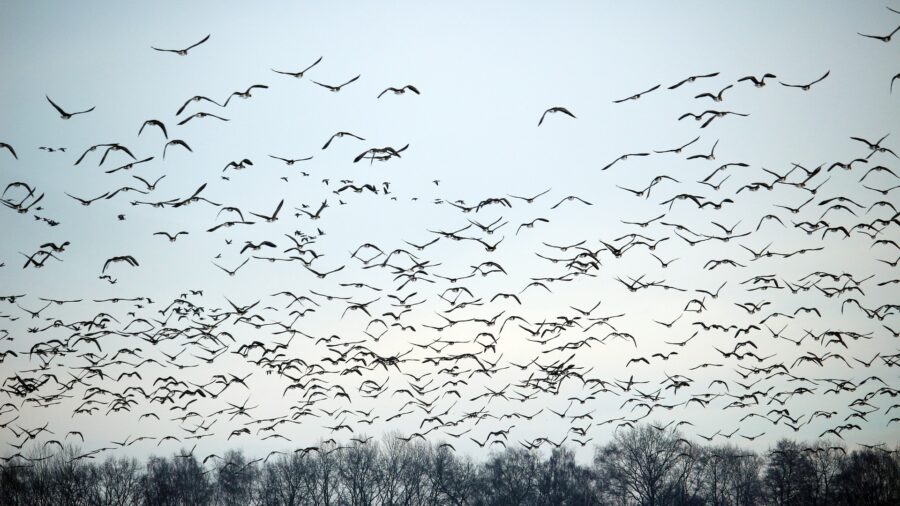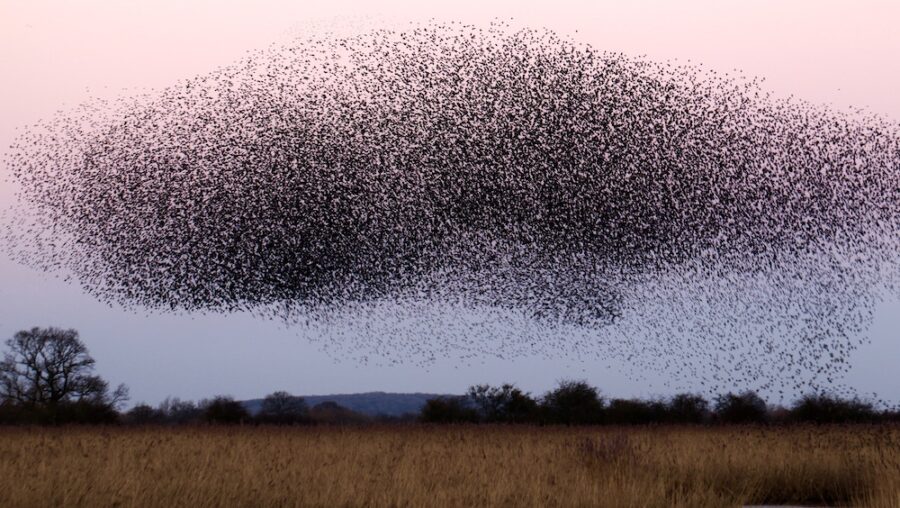Lethal Bird Flu Discovered In The Most Remote Place On Earth

In the Antarctic, scientists have confirmed the presence of bird flu— that is, highly pathogenic avian influenza (HPAI)—on Bird Island, South Georgia. According to ScienceAlert, these cases of avian influenza, which were found in brown skuas, are the first recorded in the Antarctic region. An outbreak of the disease, according to researchers, could be disastrous for a wide variety of Antarctic species, prompting action from both the government and scientific teams.
Bird flu has been found in brown skuas living in the Antarctic.
To limit the spread of bird flu, most work involving the handling of animals has been paused, and monitoring of birds and other wildlife in the Antarctic region has been increased, along with other safety measures. While avian influenza has long been a threat to bird populations around the world, the particular strain that has been identified in Antarctica is one that has a particularly high mortality rate, which has caused concern in many countries. HPAI H5N1 is considered highly pathogenic and is being taken seriously as a major threat to the survival of wildlife.
This strain of bird flu was discovered in the Antarctic after reports of mysterious deaths and birds showing potential signs of avian influenza symptoms were made to the British Antarctic Survey (BAS). After BAS staff on Bird Island ran tests on samples collected in the wild, they discovered the presence of HPAI H5N1. The outbreak has already led to the deaths of large numbers of seabirds in both the Atlantic and Pacific oceans, in North and South America, and in southern regions of Africa.
The bird flu was likely spread to Bird Island through migrating birds returning to South America, where there have been a great number of cases recorded.
The bird flu, as the name indicates, primarily affects birds, though the current strain of the disease has been affecting mammals as well, both on land and in the sea. This September, the Antarctic Wildlife Health Network published a risk assessment that identified the species most vulnerable to infection, including sea lions, gulls, fur seals, and skuas. Rising sea temperatures are already negatively affecting Antarctic fur seals on Bird Island, whose population is dwindling as their food supply shrinks due to climate change.

The bird flu was likely spread to Bird Island through migrating birds returning to South America, where there have been a great number of cases recorded. Reports of large outbreaks have come in from Peru and Chile after the arrival of HPAI in South America, where the disease has spread across some 6,000 km over the course of three months. The area of spread extends along the Pacific coastline of the South American continent, all the way to its farthest point south, Tierra del Fuego.
Bird flu can be spread in several ways, including when there is contact between wild birds and farm birds, which can transmit the infection to humans through poultry and lead to the killing of healthy birds to contain the spread of the disease.
The bird flu death toll in Chile and Peru includes over 500,000 seabirds and more than 20,000 sea lions. The disease has also spread to Argentina’s Atlantic coast, where it has been identified in sea lions from Tierra del Fuego to Buenos Aires. Though primarily prominent in shorebirds, waterfowl, and gulls, avian influenza seems to be transmitted across bird species with relative ease. The harmfulness of the virus varies among different bird species, and each strain affects various species in different ways.
Bird flu can be spread in several ways, including when there is contact between wild birds and farm birds, which can transmit the infection to humans through poultry and lead to the killing of healthy birds to contain the spread of the disease. Migratory birds also spread the disease because they can fly across such great distances. Though humans can contract avian influenza, infections among human populations are quite rare.
Still, the World Health Organization is presently conducting studies to monitor changes in the virus that may allow it to spread more easily throughout mammal populations and even to humans. The CDC and other authorities are paying close attention to Avian Influenza outbreaks and keeping the public informed with updates and advice. However, the CDC says “the current risk to the public from HPAI H5N1 viruses remains low.”
Since 1997, human infections of HPAI H5N1 stand at around 898 and have caused both severe illness and death. Still, the sustained spread of bird flu between humans is currently considered unlikely by the World Health Organization.












